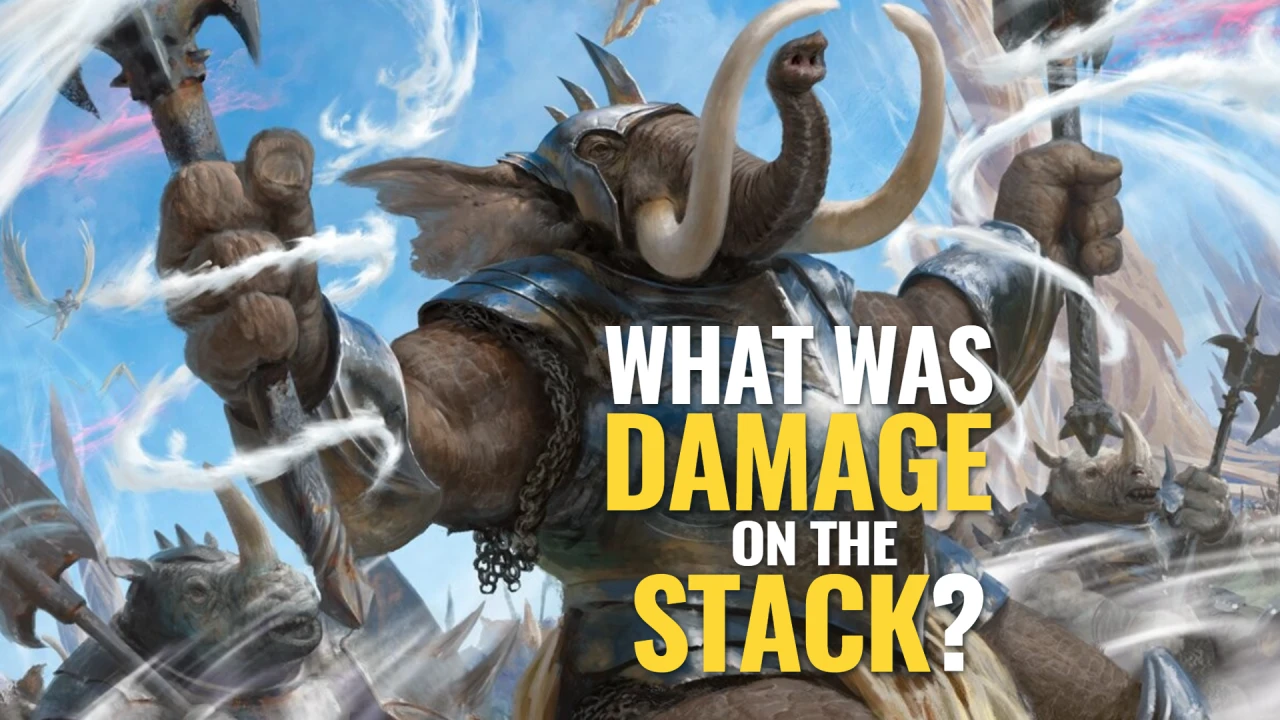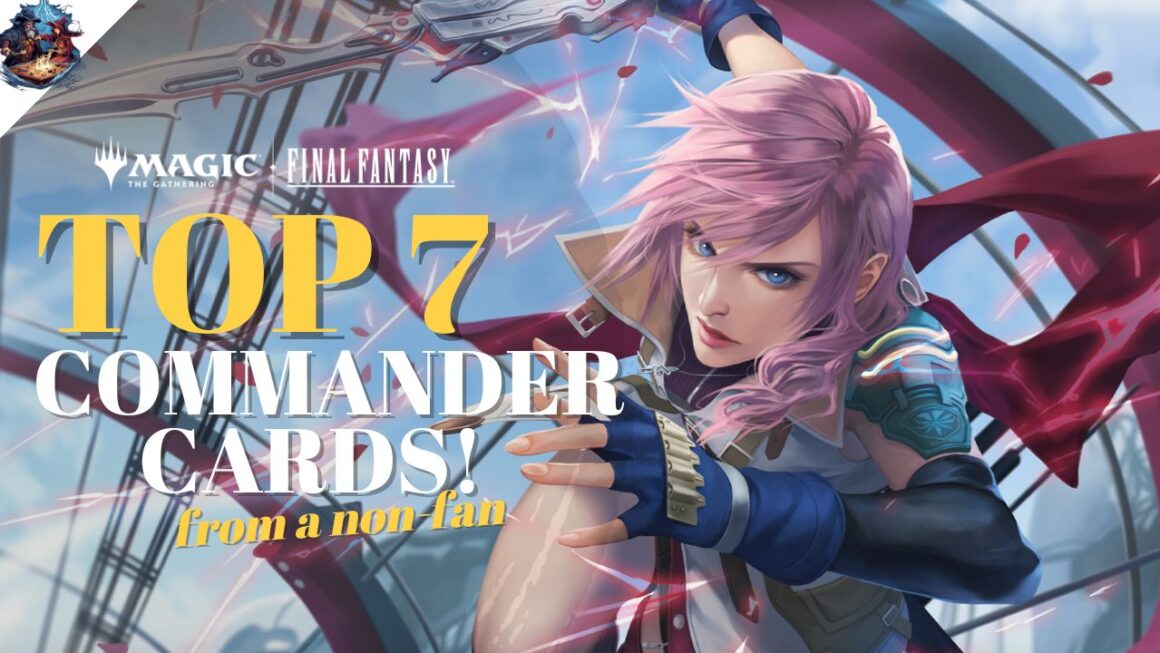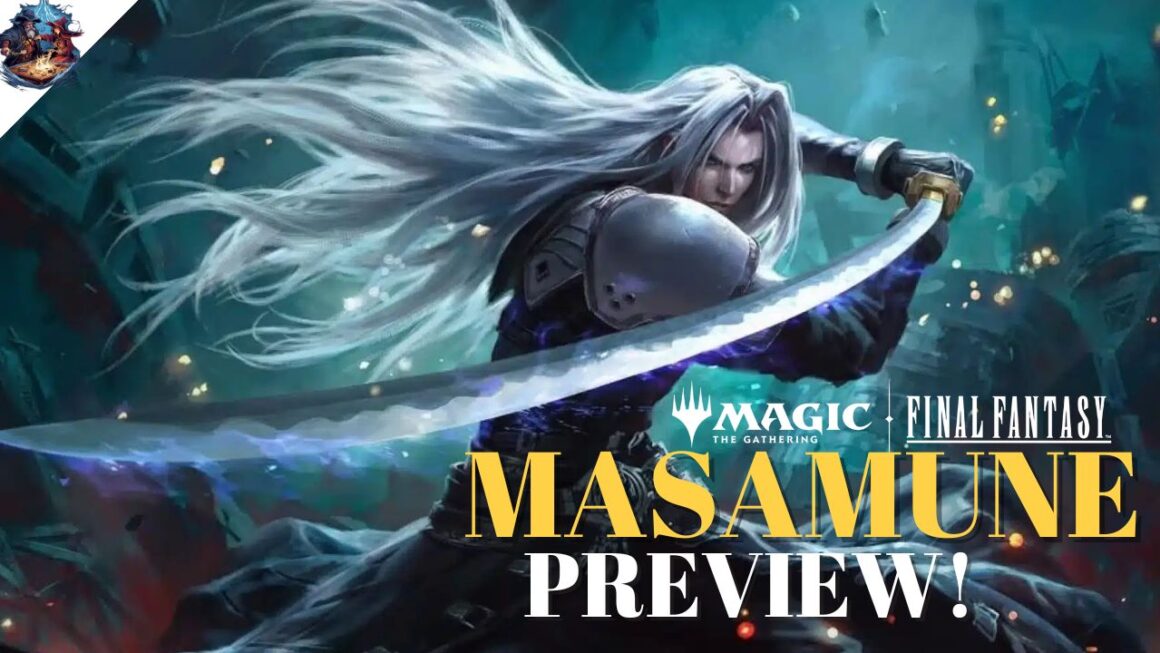Once upon a time, damage resolution was put on the Stack, which meant that players (especially yourself) could respond to it with another action.
Today is the day to talk about Damage on the Stack, why this rule had issues, and how its removal has improved the game, especially in terms of decision-making during combat, making it a more relevant part of the game.
How was Damage on the Stack ‘Abused’?
The “damage on the stack” rule allowed players to deal damage during Combat, then resolve damage calculation using the stack, which often leading to unintuitive gameplay. Here are some examples of gameplay patterns that arose due to this rule. Note some may have been unforeseen by R&D:

1. Mogg Fanatic
This 1/1 creature had the ability to Sacrifice itself and deal one damage to any target. With damage on the stack, a player could block a 2/2 creature with Mogg Fanatic, assign one damage to the creature, then sacrifice Mogg Fanatic to deal an additional damage to the creature, effectively destroying the 2/2. Remember this was a time when creatures were not as beefy as today, and thus this was often a big trade-up tempo-wise
2. Sakura-Tribe Elder
This 1/1 creature allowed players to sacrifice it to search for a basic land card and put it onto the battlefield tapped. With damage on the stack, players could block an attacking creature, assign damage, and then Sacrifice Sakura-Tribe Elder to get a Land, essentially trading with an X/1 with a Mana ramp bonus.
3. Unsummon
A common trick was to block in a way that could cause a trade (for example, 2 grizzly bears blocking each other) then with damage on the stack, use Unsummon on your own creature to kill their Creature and return yours to hand.
While this sounds like it adds more strategic complexity to the game, it actually removed a lot of player agency, as the objective choice was always to put damage on the stack, then sacrifice/bounce/whatever a creature for value.

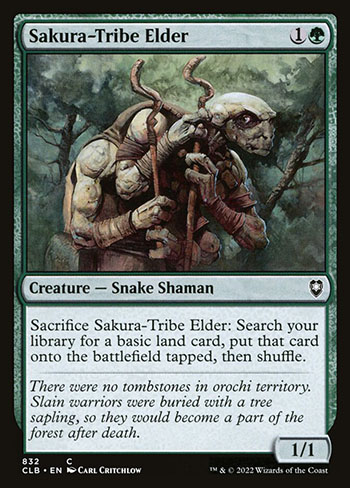
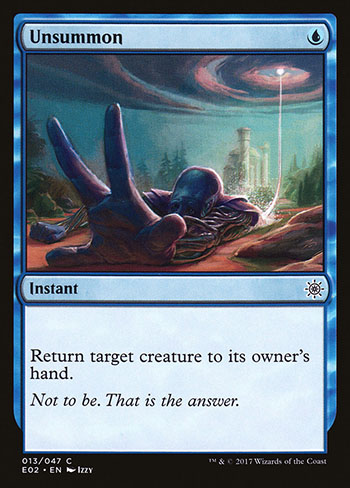
Why was the Damage on the Stack Rule Changed?
In their official statement, WOTC explained that they removed the “Damage on the Stack” rule to make the game more intuitive and to reduce the complexity of the combat phase. They felt that this rule led to bizarre interactions, confusing players and detracting from the overall game experience.
By eliminating this rule, Wizards aimed to make combat more straightforward and easier to understand, especially for new players. They’ve since compensated by making creatures better in combat either through better stats/abilities, or making their Sac effects better.
The Benefits of Removing Damage on the Stack
Now, your mileage may vary, but I’d say that overall the removal of the “Damage on the Stack” rule has had a significant impact on the game, making it more enjoyable and strategic for players. By removing the 100% objectively correct choice, more decision points during combat are introduced: Now that damage is dealt immediately, players have more opportunities to make interesting and tactical decisions during combat. They must weigh the pros and cons of sacrificing their creatures after blocks are declared, as doing so might allow their opponent’s Creatures to survive.
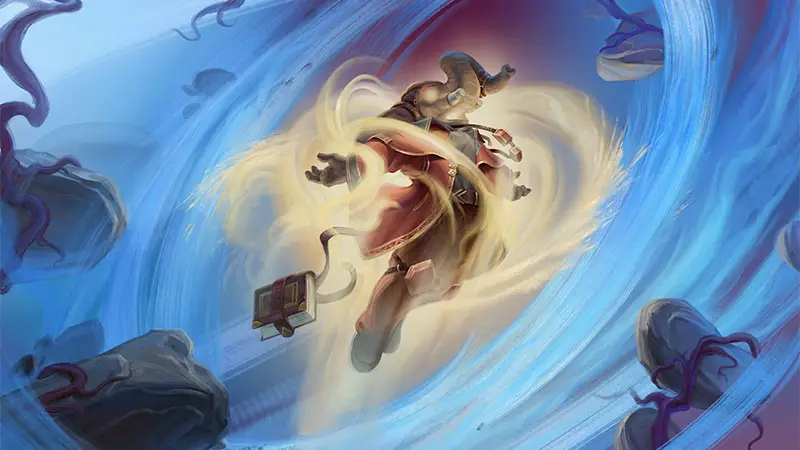
Without Damage on the Stack, players can no longer “double-dip” by both dealing damage and sacrificing their creatures. This introduces trade-offs, as players must decide whether to prioritize damage or use their creature’s abilities, adding depth to the game. To refer to the Sakura-Tribe Elder example, a player blocking with STE (or Steve as we called it back in the day) is faced with a choice of trading the creature in combat to reduce an aggro deck’s early attacks, or chump block and Sacrifice to advance their ramp gameplan.
Removing DOTS also has allowed the game’s complexity to move away from this unintuitive element to allow for more streamlined gameplay. This in turn has made the game more accessible and easier to understand, especially for new players. The game flows more smoothly, and combat is resolved more quickly.
That is not to say that the game has dumbed down, as the complexity has shifted to other parts. The Combat phase has become more and more relevant as Magic design shifts towards a more “midrange” style gameplay, and the combat step continues to be a crucial element to winning games.
End Step
In conclusion, the removal of damage on the stack has been a boon for Magic: The Gathering. It has streamlined the game, made it more accessible for new players, and introduced more decision points and trade-offs during combat. Players can now enjoy a more tactical experience without the added complexity of managing unintuitive Damage on the Stack.
Have YOU ever played with Damage on the stack?

